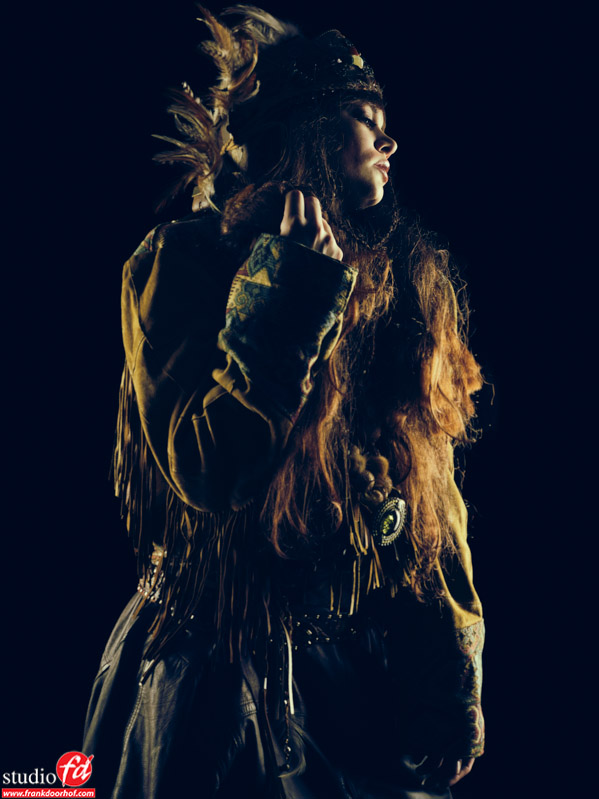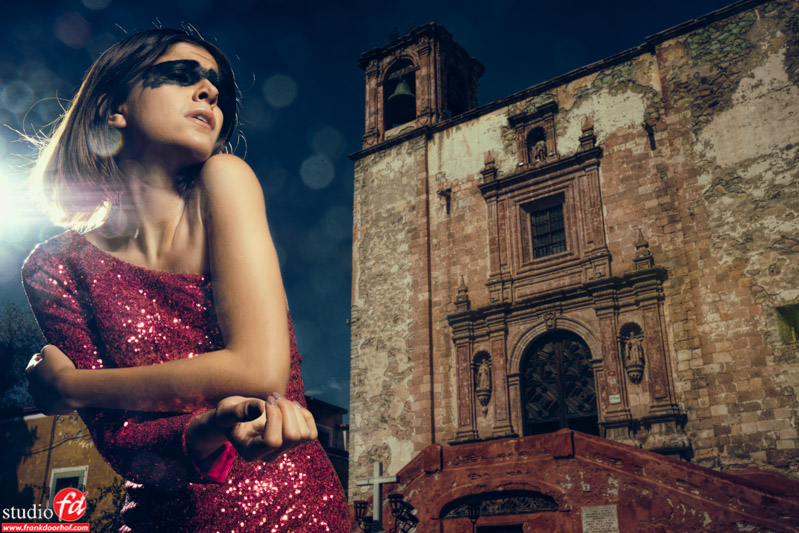Webinar DxO
Today I share the webinar I did for our friends at DxO in December.
Now normally webinars are sharing a desktop and sharing some tips and tricks for lightroom and Photoshop, however in this webinar we decided to do things a bit differently and we used cameras in the studio to show what I’m doing during a live photoshoot, but you will also see the whole process of selecting, retouching etc.
I’m joined in this webinar by our good friend Hector from DxO who also shares some of his secrets.
So check it out





You must be logged in to post a comment.